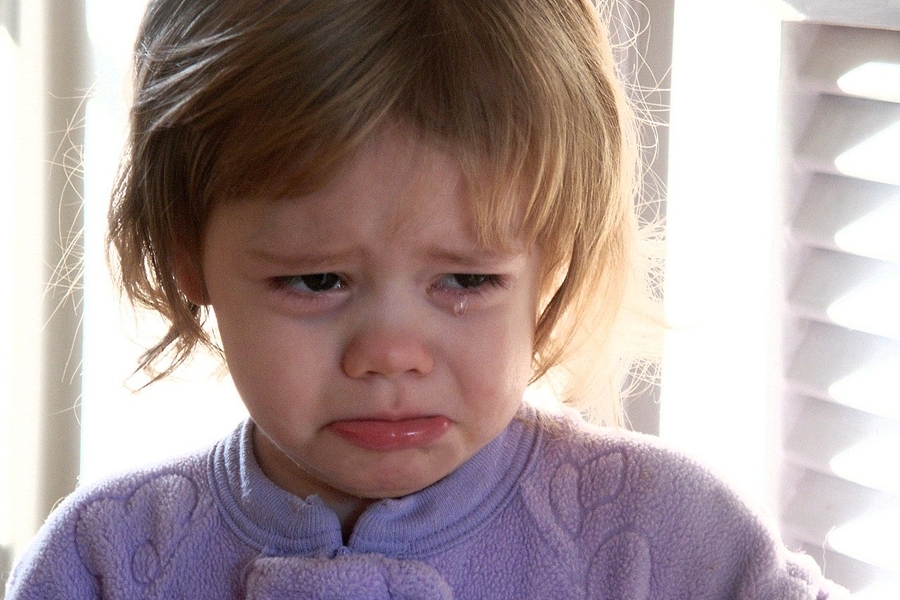
ADHD – A Real Disorder
19 Dec 2017 | 3 min Read
Babychakra
Author | 1369 Articles
Recognizing ADHD in children
For children, it is normal to be extremely active, act without thinking, be fidgety, and even forget their homework occasionally. But what happens when these start affecting your child’s social and academic performance? It is important to know that impulsivity, hyperactivity, and lack of focus can be signs of attention deficit hyperactivity disorder (ADHD or ADD).

ADHD: a myth?
For long, hyperactivity, impulsivity, and inattention have been considered as normal behaviour. Parents have not felt the need of medical intervention even if the child’s behaviour is affecting the child’s school grades and social life. It is time to consider ADHD a real disorder.
Causes of ADHD
ADHD is one of the most common disorders that affect children. It is a chronic disorder affecting nearly 5 percent children, with more than 10 million cases per year in India alone. ADHD is a developmental brain disorder; however, specific causes for the same have not yet been identified. It is thought to have genetic risk factors. Other risk factors for children include the following:
- Exposure to environmental toxins during pregnancy
- Exposure to environmental toxins, such as high levels of lead, at a young age
- Brain injuries
- Low birth weight
- Male sex
Symptoms of ADHD

Children with ADHD show multiple symptoms. However, one should remember that not all hyperactive children have ADHD. For a child to be diagnosed with ADHD he/she should have multiple symptoms in different settings such as home, school, and public places. Here are the most common ADHD features:
- Difficulty focusing in an activity or task, including lectures and conversations for long.
- Lacks attention to details or repeats careless mistakes in school and other tasks.
- Avoids tasks that involve prolonged mental activity, such as solving puzzles or reading long texts.
- Seems to focus somewhere else when spoken to.
- Has difficulty in following instructions and leaves tasks incomplete.
- Is very disorganized and has problems with time management
- Is very clumsy in handling things and loses things often such as keys, books, cell phone, wallet, and eyeglasses.
- Is very easily distracted and frequently switches between tasks.
- Frequently fidgets with hands or feet.
- Finds it difficult to stand or sit still in the classroom or at home for more than a few minutes.
- Physical activities often involve running, jumping, or climbing, at particularly inappropriate places like the sofa in the house or benches and table in school.
- Leisure activities do not involve playing quietly.
- Talks excessively in conversations, and cannot wait for his/her turn to answer. Is often found completing other person’s sentences.
ADHD treatment
Although ADHD does not have a cure as yet, symptoms can be managed well with medicines as well as improve functioning. Treatments include medication and ADHD behaviour therapy. Medications include stimulants and non-stimulants that aim bringing about the right chemical balance in the brain. ADHD behaviour therapy is a type of psychotherapy that aims to improve a child’s behaviour with the help of counselling and guidance that helps them become more organized.
Disclaimer: The information in the article is not intended or implied to be a substitute for professional medical advice, diagnosis or treatment. Always seek the advice of your doctor.
Also read: Toddler Tantrums In Public: How To Deal With It?
A


Related Topics for you
Suggestions offered by doctors on BabyChakra are of advisory nature i.e., for educational and informational purposes only. Content posted on, created for, or compiled by BabyChakra is not intended or designed to replace your doctor's independent judgment about any symptom, condition, or the appropriateness or risks of a procedure or treatment for a given person.
